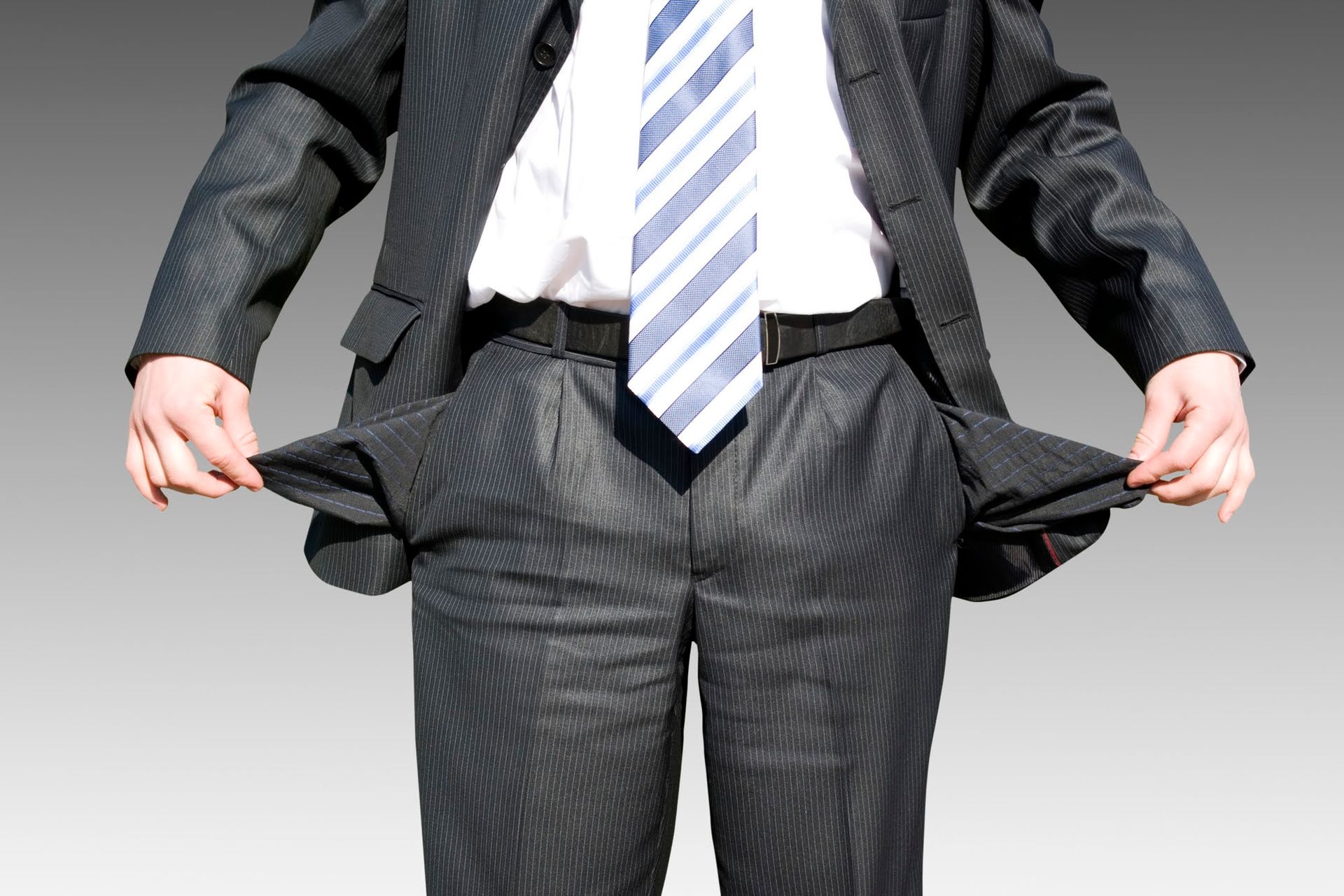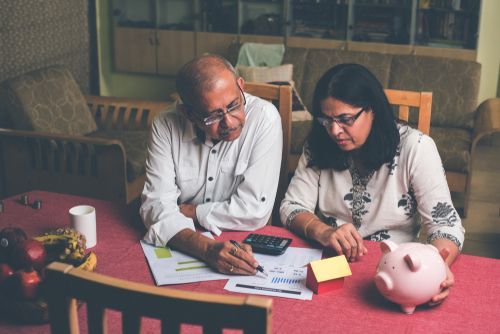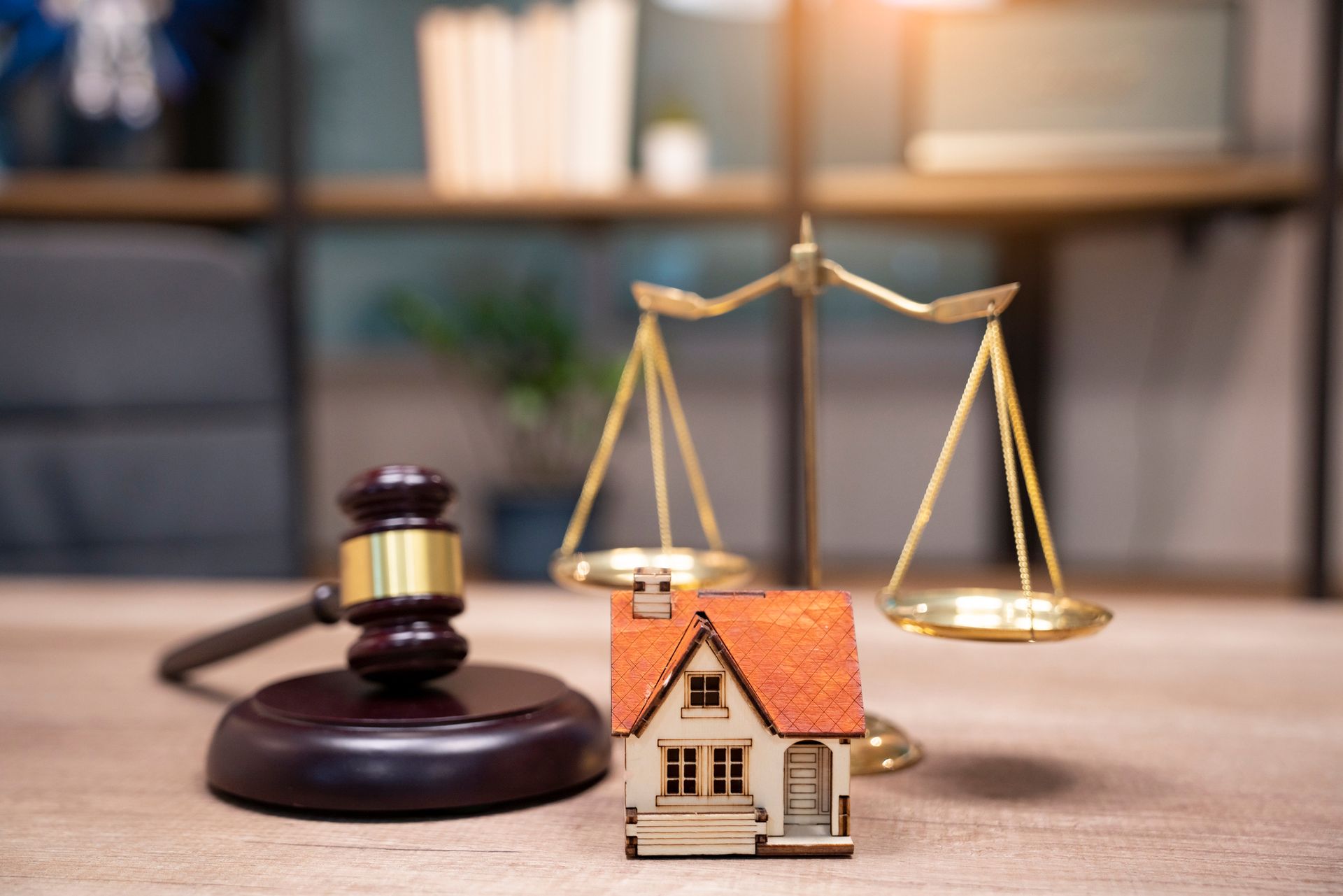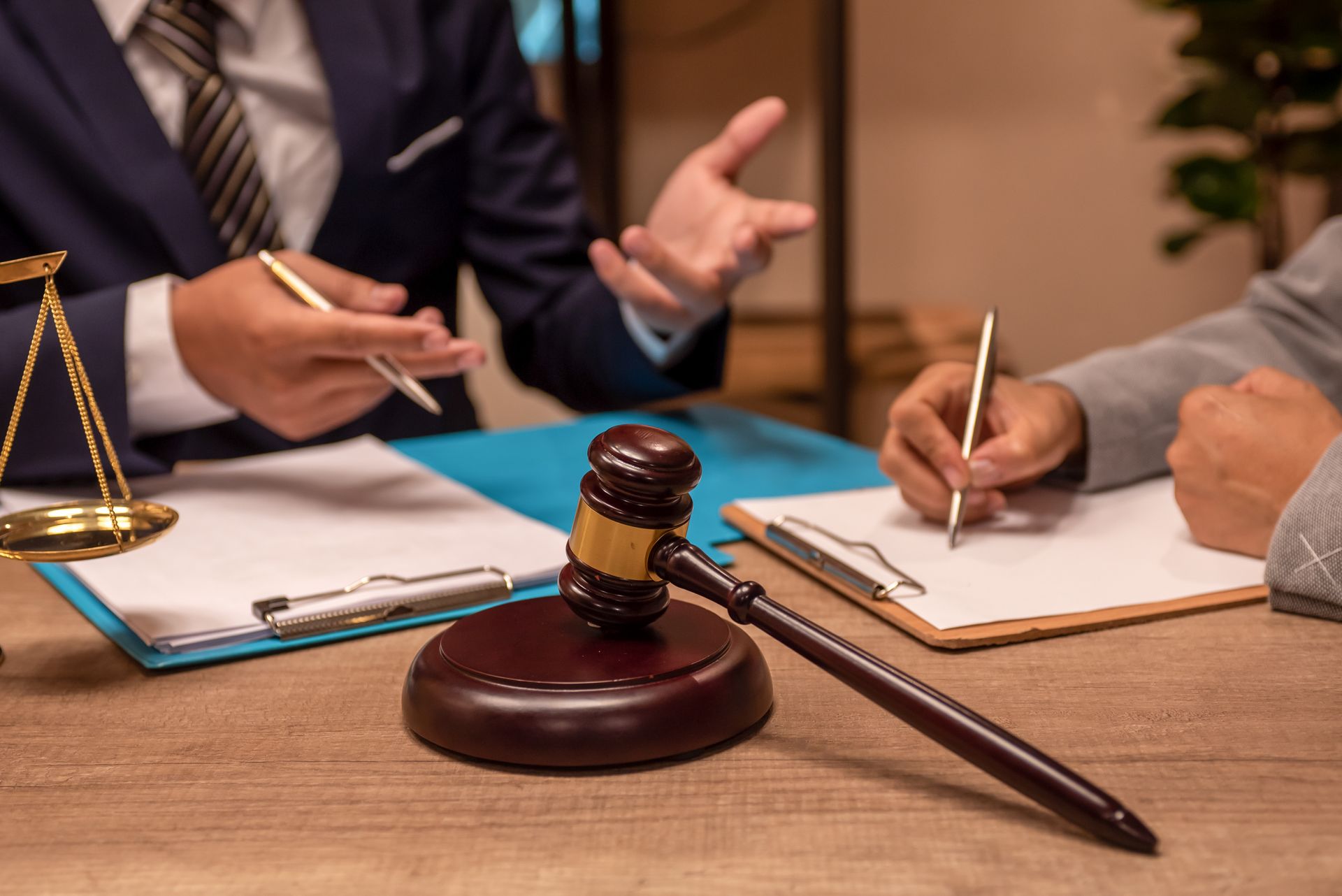Understanding How Chapter 7 Bankruptcy Works

Chapter 7 bankruptcy, often referred to as "liquidation bankruptcy," is a legal process designed to help individuals who are struggling with overwhelming debt. Understanding its intricacies can be essential for those considering this step. This blog aims to clarify the key aspects of Chapter 7 bankruptcy, providing a comprehensive guide to its benefits, eligibility criteria, and procedural steps.
Understanding Chapter 7 Bankruptcy
Chapter 7 bankruptcy, a provision within the U.S. Bankruptcy Code, offers individuals the opportunity to clear most of their unsecured debts. By filing for Chapter 7, individuals can effectively eliminate various debts, paving the way for a renewed financial beginning.
In contrast to Chapter 13 bankruptcy's repayment plan, Chapter 7 prioritizes liquidating non-exempt assets to settle debts with creditors. Exempt assets, determined by state regulations, typically comprise primary residences, vehicles within a specified value threshold, and essential household items.
Benefits of Chapter 7 Bankruptcy
One of the primary benefits of Chapter 7 bankruptcy is the immediate relief from debt collection activities. Once the bankruptcy petition is filed, an automatic stay goes into effect, halting most collection efforts, including phone calls, wage garnishments, and lawsuits.
Additionally, Chapter 7 bankruptcy provides a relatively quick resolution to debt problems. The process typically takes three to six months from filing to discharge, allowing individuals to move forward without the burden of unsustainable debt.
Eligibility Criteria
Not all individuals meet the qualifications for Chapter 7 bankruptcy. To be eligible, one must pass the "means test," which evaluates income, expenses, and family size to assess one's capacity to repay debts. Even if a debtor fails the means test, they may still qualify for Chapter 13 bankruptcy.
Additionally, individuals must undergo credit counseling from an approved agency a number of days before filing. This counseling session aims to explore alternatives to bankruptcy and ensure that individuals are making informed decisions.
The Filing Process
Filing for Chapter 7 bankruptcy involves several crucial steps:
1. Gather Financial Documents
Start by collecting all relevant financial documents, including income statements, tax returns, lists of debts, and records of all assets and liabilities. This information is essential for accurately completing the bankruptcy forms.
2. Complete the Bankruptcy Forms
Filing requires detailed paperwork, which includes the official bankruptcy forms and schedules. These forms provide the bankruptcy court with a comprehensive overview of your financial situation.
3. File the Petition
The finalized forms must be formally submitted to the bankruptcy court within your jurisdiction. An automatic stay is initiated once the petition is filed, granting prompt respite from most collection endeavors.
4. Trustee Appointment
A bankruptcy trustee is assigned to manage your case after the filing process. Their responsibilities involve examining your documents, pinpointing assets that are not protected, and managing the sale of these assets to settle debts with creditors.
5. Meeting of Creditors
Approximately a month post-filing, you will participate in a creditors' meeting, commonly referred to as a 341 hearing. Here, the trustee and any present creditors can inquire about your financial status and the details provided in your bankruptcy documentation.
6. Financial Management Course
Before your debts are discharged, you must complete a financial management course with an approved provider. This course offers valuable budgeting and financial planning insights to help you avoid future financial difficulties.
7. Discharge of Debts
If there are no objections from creditors or the trustee, the court will issue a discharge order, eliminating your eligible debts. This discharge marks the successful completion of the Chapter 7 process.
What Debts Are Discharged?
Chapter 7 bankruptcy has the power to eliminate various unsecured debts, including:
- Personal loans
- Medical bills
- Credit card debt
- Utility bills
However, certain debts are typically non-dischargeable under Chapter 7, such as:
- Recent tax debts
- Student loans (except in cases of undue hardship)
- Court fines and penalties
- Child support and alimony
Understanding which debts can and cannot be discharged is crucial when considering Chapter 7 bankruptcy.
Impact on Credit and Future Financial Health
Filing for Chapter 7 bankruptcy will negatively impact your credit score and will remain on your credit report for ten years. However, many individuals find that their credit begins to improve soon after discharge, especially with responsible financial behavior.
Rebuilding credit post-bankruptcy involves steps like:
- Obtaining a secured credit card
- Making timely payments on all bills
- Monitoring your credit report for accuracy
While the short-term impact on credit is substantial, the long-term benefits of eliminating unmanageable debt often outweigh the initial drawbacks.
Alternatives to Chapter 7 Bankruptcy
Before committing to Chapter 7 bankruptcy, it's worth exploring alternatives:
- Debt Settlement: Negotiating with creditors to reduce the total amount owed
- Debt Management Plan: Working with a credit counseling agency to create a repayment plan
- Chapter 13 Bankruptcy: A reorganization bankruptcy that allows for repayment over three to five years
Each option has its pros and cons, and the best choice depends on individual circumstances.
Chapter 7 bankruptcy offers a viable path for those overwhelmed by debt to achieve a fresh financial start. By understanding the process, eligibility requirements, and potential impacts, individuals can make informed decisions about whether this form of bankruptcy is the right choice for their financial situation.
Contact us for personalized advice. We can guide you through the complexities of the Chapter 7 process. Although taking the first step toward financial freedom may be daunting, it opens the door to a brighter, debt-free future.










